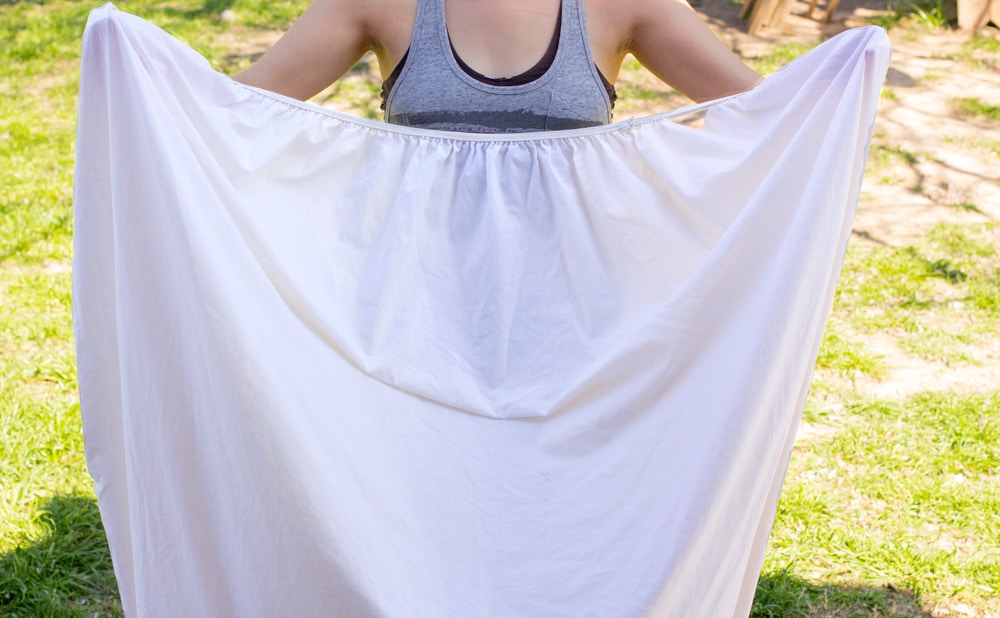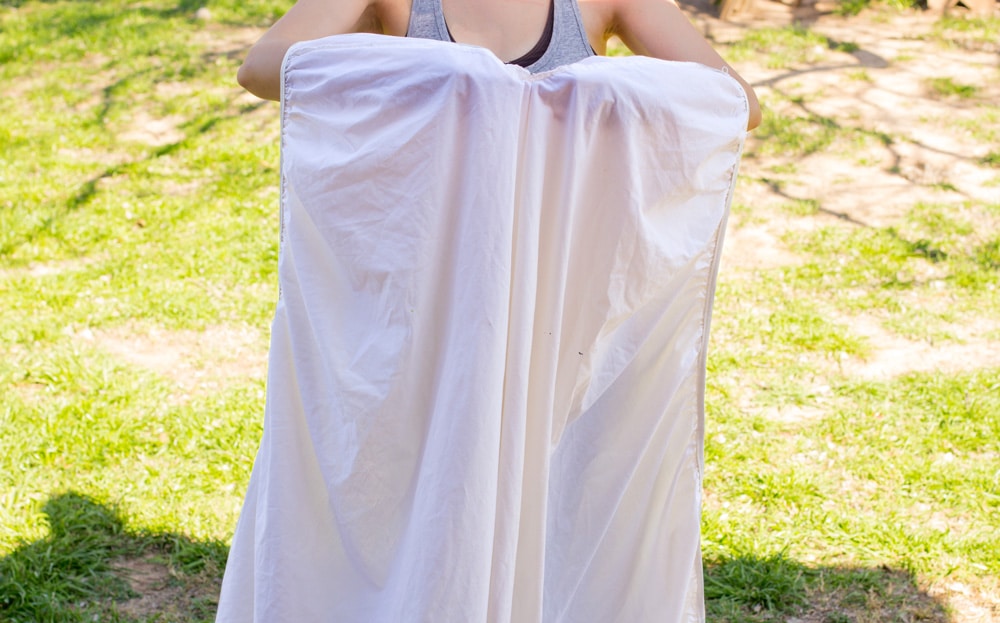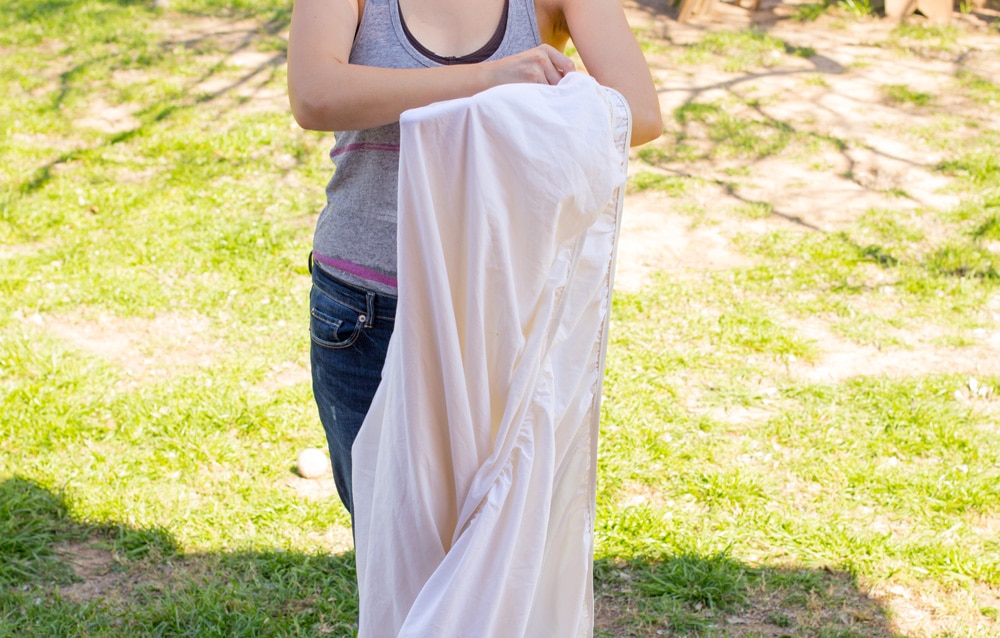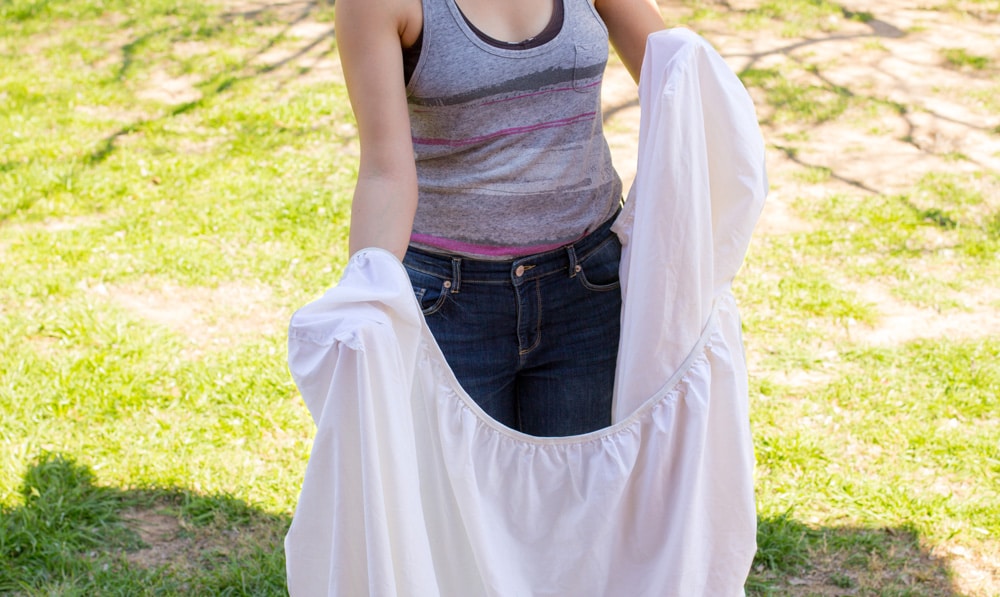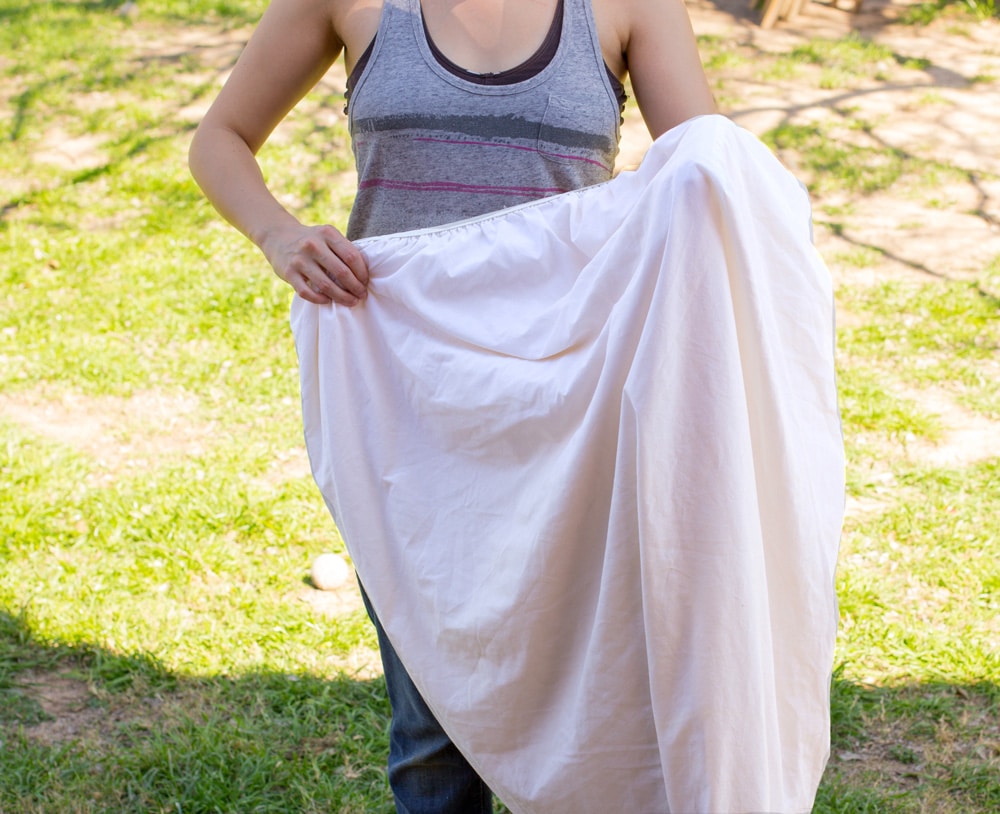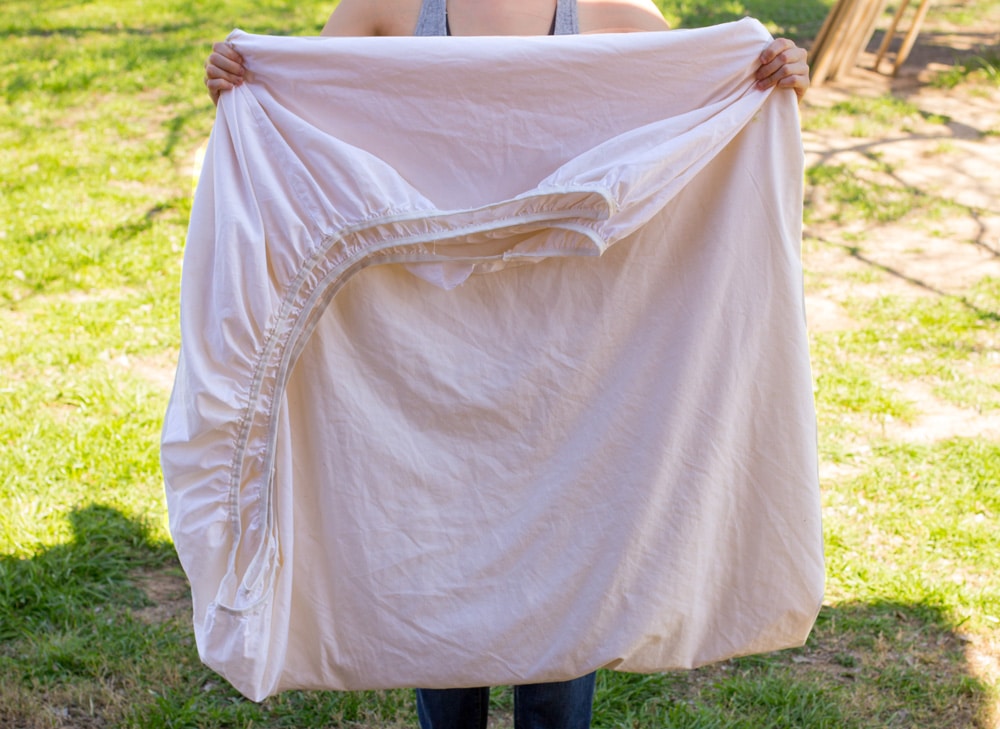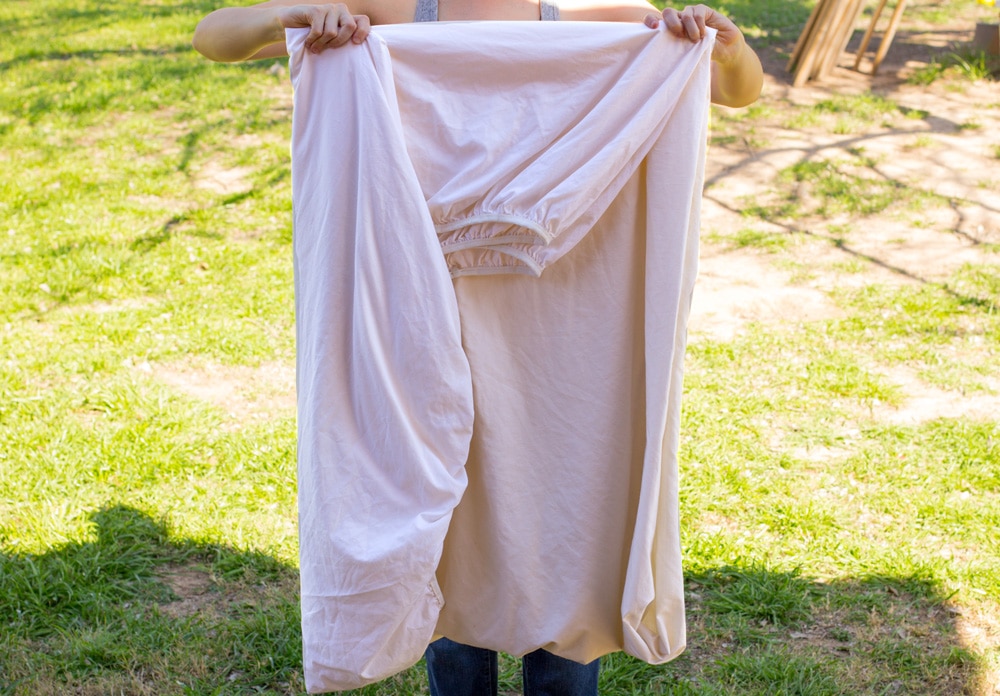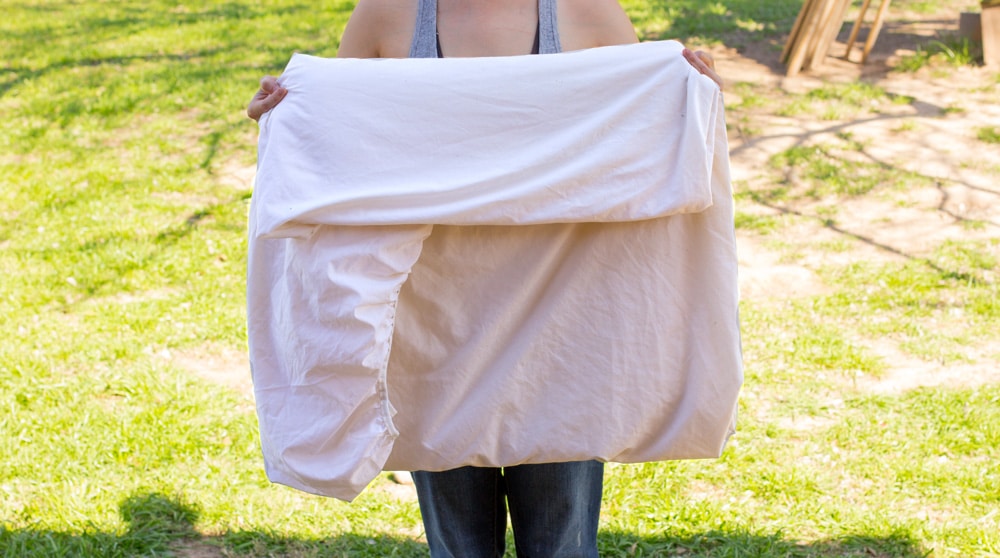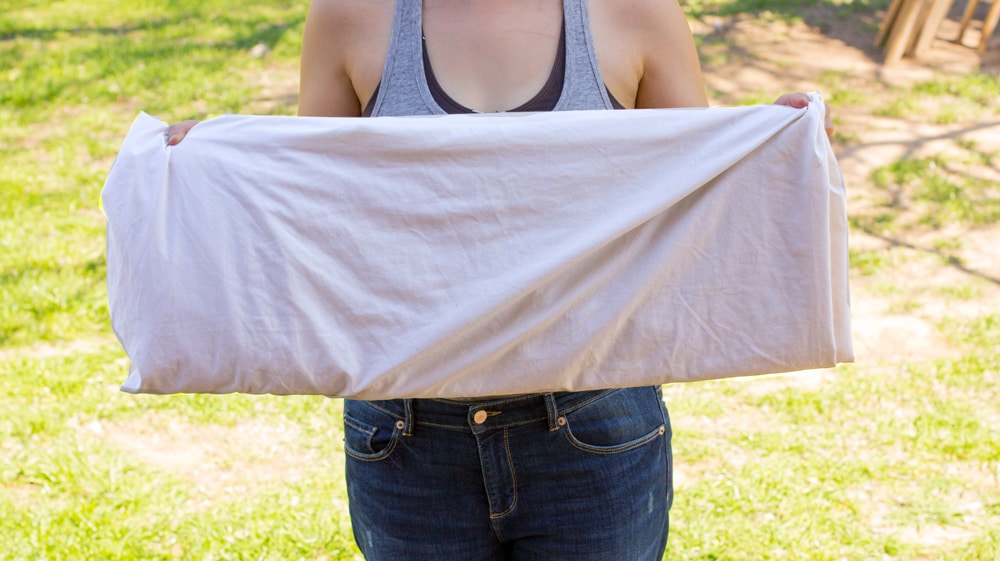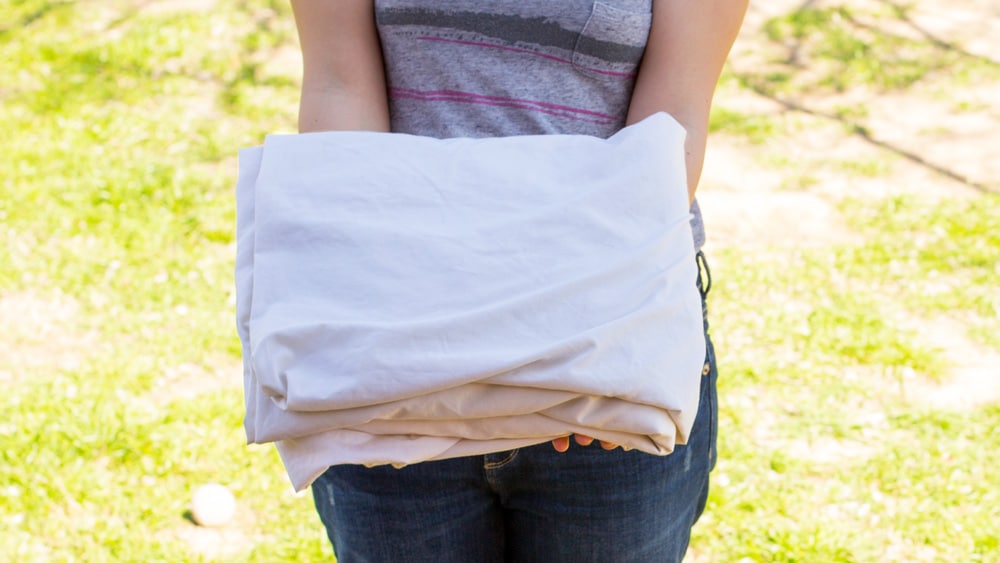Laundry Folding 101: The Fitted Bedsheet
We’ve all been there: staring at a pile of freshly laundered clothes- as unorganized and chaotic as they’ll ever be -struggling to calculate how long it will realistically take you to untangle your stretchy leggings from 3 pairs of your underwear. But nothing, not even matching all 20 pairs of those socks, is as daunting as the bedsheets — and for one reason only: the fitted sheet.
As grueling as it sounds, properly folding the bedsheets (as well as any article of clothing, for that matter) comes with its perks. 9 times out of 10, proper laundering:
- Helps resist wrinkles in the fabric
- Allows for easier storage
- Conserves space in the closet/drawer
With no real corners to work with, the dastardly fitted sheet dares you to simply guess at its edges…usually resulting in a bulky, cumbersome hunk of sheet vaguely shaped like a square. So why not add an extra 60 seconds to the routine and master the sheet once and for all?
Step 1
Turn the sheet inside out. Place each hand in 2 adjacent sheet corners.
Step 2
Bring your right hand to your left, as if you’re touching fingertips, and flip the “right” corner onto the “left” corner as you do so. This will envelope the “left” corner.
Step 3
Keeping your left hand inside the sheet, use your right hand to grab the new corner and shake the fitted sheet. This makes for a straighter line.
Step 4
With your right hand, follow the hem of the sheet down to the bottom front corner. Bring it up and flip it over the 2 corners already in your left hand. (The corner now showing will be inside out.)
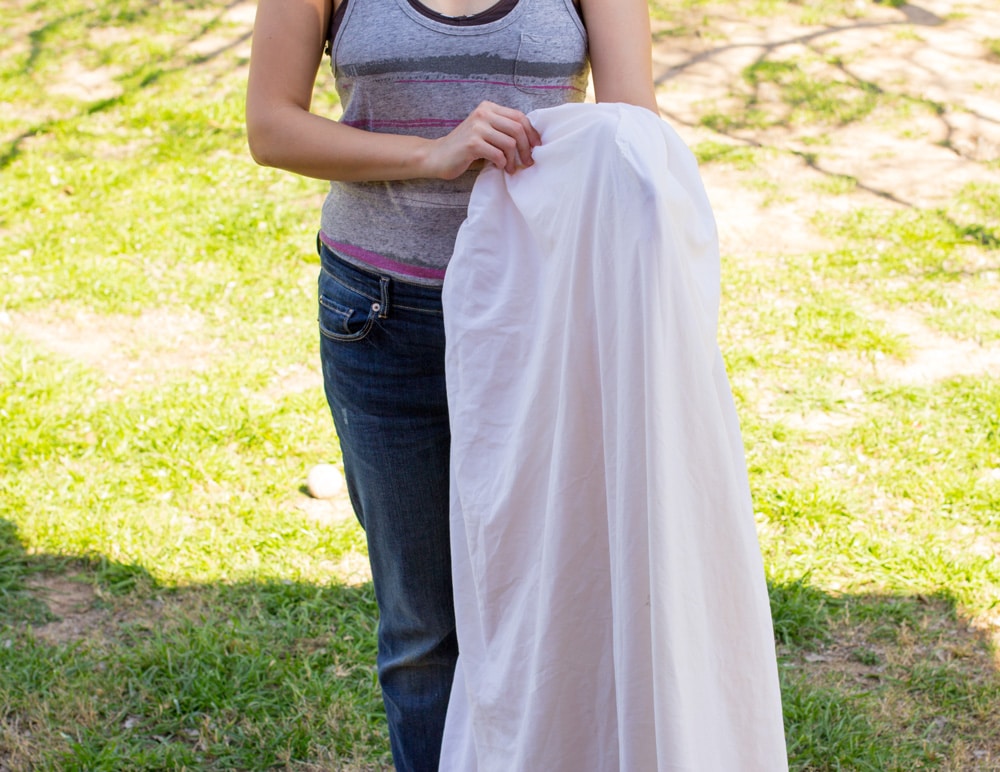
Bring the final corner up, the correct side showing, folding it over the others. This will create an L shape with the elastic.
Step 6
Lay the sheet flat on a surface and begin folding!
This is the textbook method of folding the fitted sheet, but many bastardized versions exist! If you’re at peace with sacrificing your clean edges for a slightly less intensive method, check out these links:
- Real Simple’s method
- Woman’s Day method (very similar to Real Simple’s method, but a bit more precise)

